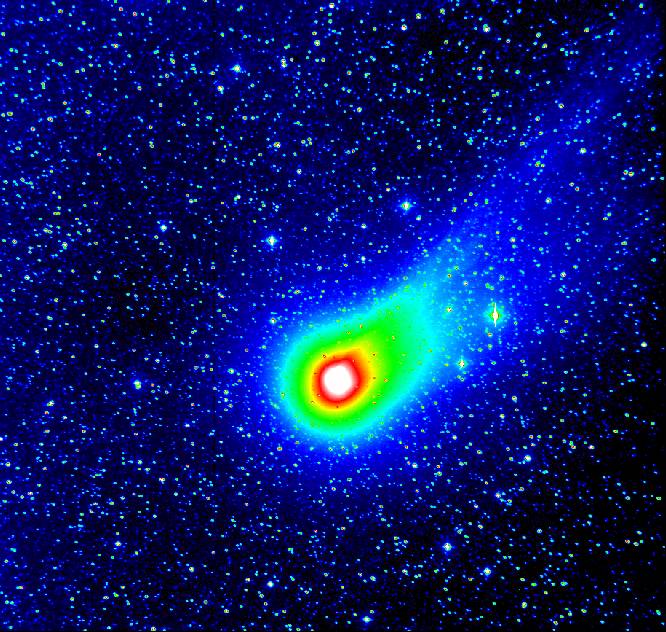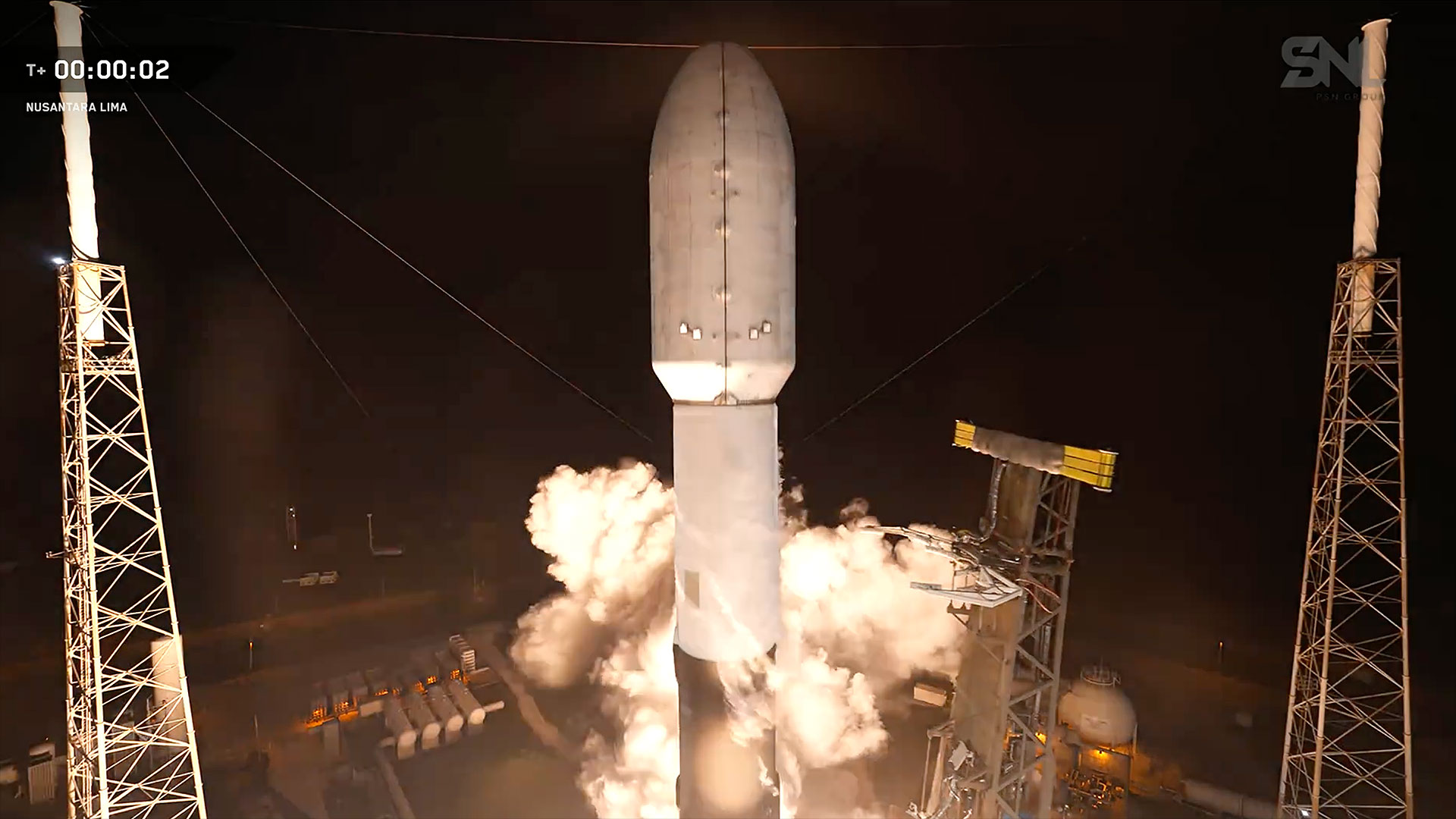Comet Swift-Tuttle: The Icy Parent of the Perseid Meteor Shower
Reference Article: Facts About Comet Swift-Tuttle

The spectacular Perseid meteor shower, peaking Thursday night (Aug. 11–12), lights up Earth's sky every summer as Earth passes through the trail left by Comet Swift-Tuttle, a miles-wide behemoth that swings by Earth every 133 years.
Swift-Tuttle, whose nucleus is 16 miles (26 kilometers) wide, is the largest solar system object to pass close to Earth repeatedly, NASA has said, and researchers once thought it was likely to hit Earth in 2126 — but the last time it passed Earth, in 1992, astronomers took more precise measurements and calculated that its next pass wouldn't be so dangerous after all.
"Its orbit passes very close to the Earth's orbit, so that it has been viewed as a hazardous object over the years," Paul Chodas, NASA's manager for the center of near-Earth object studies, told Space.com. "Now, we know its orbit very well, well enough to say that we are safe from an impact for many thousands of years." [Perseid Meteor Shower 2016: When & How to See It]
Astronomer Jim Scotti of the University of Arizona's Lunar and Planetary Laboratory remembers observing Comet Swift-Tuttle in 1992 (between late November and early December) through the lab's 36-inch Spacewatch telescope atop Kitt Peak.
"That was a fun comet to observe," Scotti told Space.com. "It's hard to believe it was that long ago now."

Scotti tracked the comet over the course of nearly a week with the telescope. "It was relatively bright so it was fairly easy to observe."
Like all comets, sometimes called "dirty snowballs," Swift-Tuttle is a ball of dust, ice, rock and dark organic material. It was discovered in July 1862 independently by both Lewis Swift and Horace Parnell Tuttle.
Breaking space news, the latest updates on rocket launches, skywatching events and more!
The comet orbits the sun, but follows a very steep incline as compared to the solar system planets — diving down into the solar system to whip around the sun and back out again. So when the comet passes Earth it's traveling at great speed, Chodas said.

And its dust and debris, which create the Perseid meteor shower as they burn up in Earth's atmosphere, are traveling quickly, too — at around 37 miles (59 km) per second. And even though the comet only passes by Earth every 133 years, the meteor shower occurs every year when Earth moves through the trail of its orbit.
"The debris is coming in faster than many other comets because it's a very elongated orbit … so that makes the show a little more spectacular because of the speed," Chodas said.
For viewers in the Northern Hemisphere, the Perseids are one of the best meteor showers of the year — and NASA has called it the "fireball champion" of annual meteor showers for its record-breaking number of extra-bright meteors, called fireballs. Those fireballs are visible even in light-polluted areas like cities (still, there are many more faint meteors that are only visible if you go to a darker area).
This year, the peak will be more spectacular than usual, reaching 200 meteors an hour, because of the effect of Jupiter's gravityon the debris trail. That meteor increase, called an outburst, is irregular — researchers have only been able to predict their timing since the late 1990s, NASA meteor expert Bill Cooke told Space.com.
Despite its brilliance, this year's conditions aren't ideal, because there's a bright, waxing moon in the sky around the shower's peak. So if you're planning to look Thursday night, wait until the constellation Perseus has risen and the moon has set (around 12-1 a.m. in most locations).
"Go to a sky that is as dark as possible, and then get comfortable, and dark-adapt your eyes and be patient — the average rate is something like one a minute, but some of them are faint," Chodas said. "Since they appear to radiate out of the constellation Perseus, which doesn't rise until late, this meteor shower is better seen in the wee hours of the morning when that constellation is higher in the sky."
And if you miss the meteor shower's peak, or want to look a few days early, don't worry — you can still see meteors before and after the peak.
"The meteor shower lasts several days, because it's a wide cloud of debris that the Earth is passing through," Chodas said.
Editor's note: If you have an amazing photo of this year's Perseid meteor shower you'd like to share for a possible story or image gallery, please contact managing editor Tariq Malik at spacephotos@space.com.
Join our Space Forums to keep talking space on the latest missions, night sky and more! And if you have a news tip, correction or comment, let us know at: community@space.com.

Sarah Lewin started writing for Space.com in June of 2015 as a Staff Writer and became Associate Editor in 2019 . Her work has been featured by Scientific American, IEEE Spectrum, Quanta Magazine, Wired, The Scientist, Science Friday and WGBH's Inside NOVA. Sarah has an MA from NYU's Science, Health and Environmental Reporting Program and an AB in mathematics from Brown University. When not writing, reading or thinking about space, Sarah enjoys musical theatre and mathematical papercraft. She is currently Assistant News Editor at Scientific American. You can follow her on Twitter @SarahExplains.
